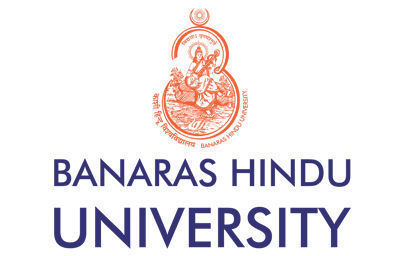
Medical education in Varanasi, the oldest living city
of the world, dates from the days of Sushruta 500
BC. Infact this is also the history of Medical
education in India. The great treatise - 'Sushruta
Samhita' is a living testimony of contributions to
Medical education that originated in Varanasi,
Sushruta was the first to perform cadaver dissections and described a number of operating
instruments and surgical operations. Perhaps it is a continuation of this historical perspective
that Medical education in Banaras Hindu University took roots in 1920 with the establishment
of Department of Ayurveda under Faculty of Oriental Learning and Theology (1922-1927).
Under the influence of Pandit Madan Mohan Malviyaji, Seth Mathuradas Vissanji Khimji of
Bombay donated a large some of Rs.1.5 Lacs for the Ayurvedic College. This was further
augmented by donations from Shri Daya Shankar Dev Shankar Dave of Kathiawar and Bombay.
Department of Dravyaguna is one of the oldest department of Ayurveda Faculty, Institute of
Medical Sciences, Banaras Hindu University, established in 1927. Teaching and Research are
the essential component of the Department. This Department deals with Medicinal plants of
Ayurvedic Classics, their identification, properties, action and therapeutic uses in accordance
with fundamental Principles of Ayurveda.
National Environmental Science Academy (NESA) was founded by Late Prof. TRC Sinha, the then Head of Zoology Department, MJK PG College, Bihar University to create awareness, promote and protect the environment. Conceptualised and initiated in 1984, it was registered as a Society in 1988 under the Societies Act XXI of 1860 at Patna. The main objective of the Academy is to bring awareness about environmental issues among the masses by arranging lectures, workshops, training programmes, seminars, symposia, conferences, publishing journals, etc.
Aims Objectives and Functions of the Academy
1) To enhance and promote the study of the environmental sciences by encouraging students, scientists, researchers, academicians and members of the Academy for pursuing research on environment and allied areas. 2) To set up Regional/State Chapters for dissemination of information on environment. 3) To motivate and prepare young minds on environmental management. 4) To hold Annual Conference of the Academy. 5) To organise national/international level conferences, symposia, seminars, meetings and workshops on themes of environmental concerns. 6) To publish policy papers, synthesis volumes, proceedings, journals, newsletter, transactions and other publications for the promotion of Environmental Sciences.